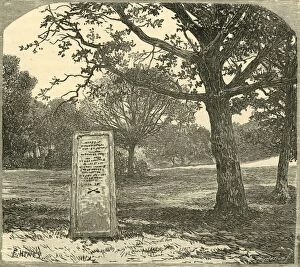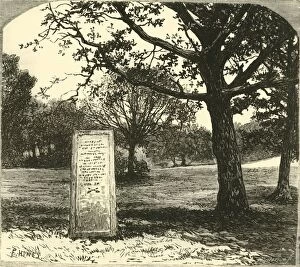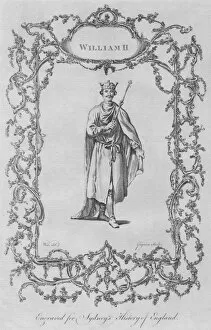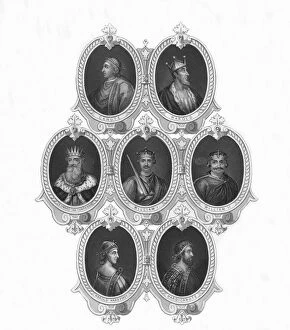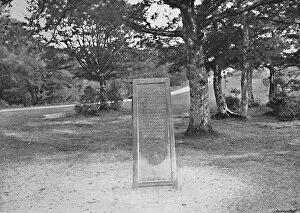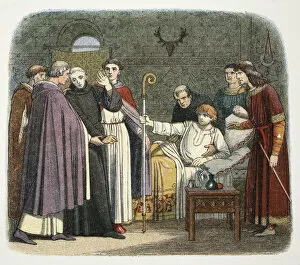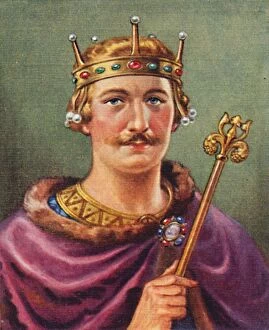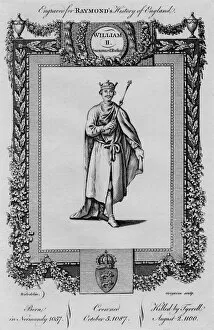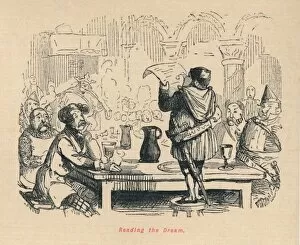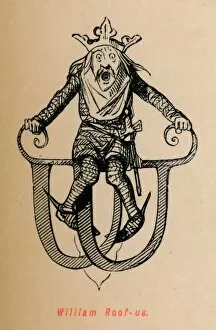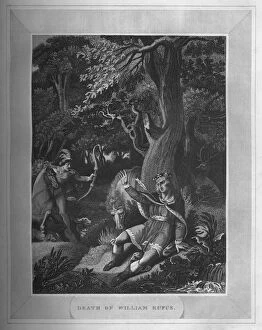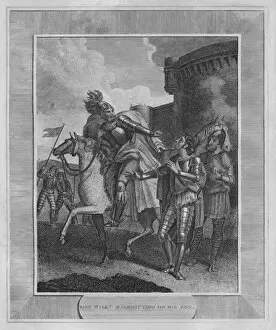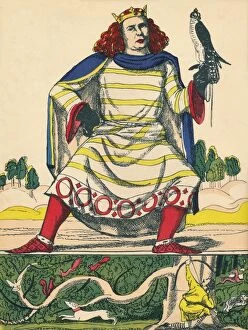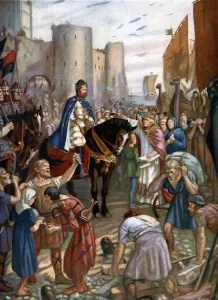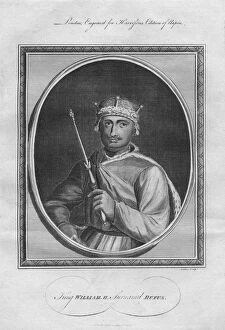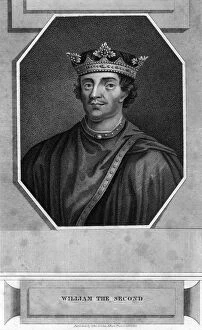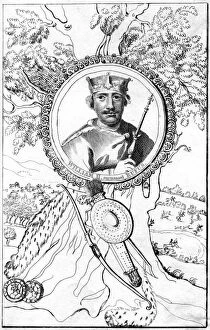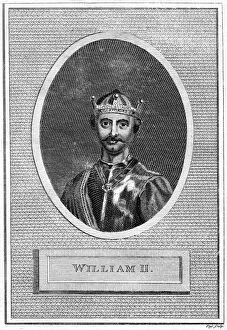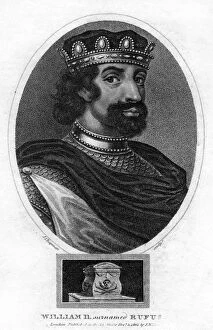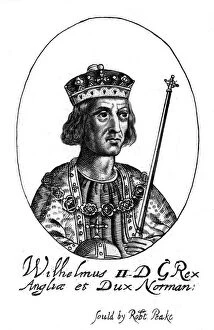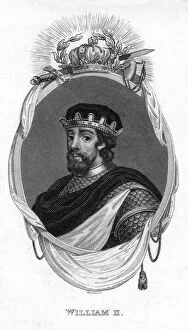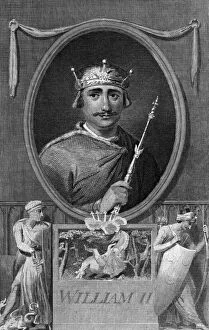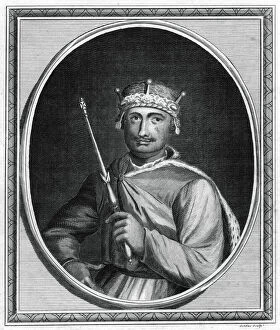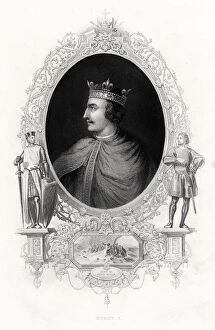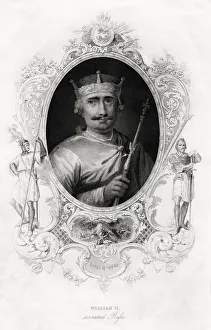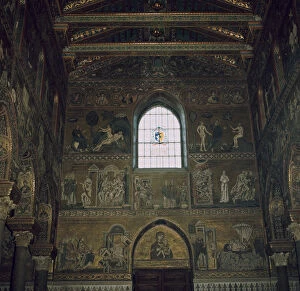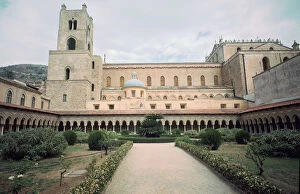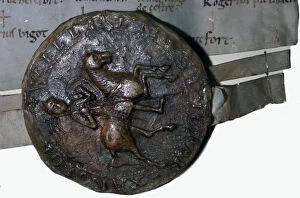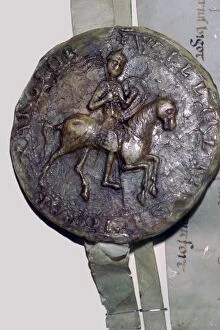William Rufus Collection (page 2)
"William Rufus: The Controversial Reign and Mysterious Demise" In 1100, the death of William Rufus, King of England, sent shockwaves throughout the kingdom
All Professionally Made to Order for Quick Shipping
"William Rufus: The Controversial Reign and Mysterious Demise" In 1100, the death of William Rufus, King of England, sent shockwaves throughout the kingdom. An engraving depicting this pivotal moment in history captures the somber atmosphere surrounding his demise. A portrait from 1836 showcases King William Rufus with an air of authority. His reign was marked by controversy and power struggles that would ultimately lead to his untimely end. Known as "William the Red, " or Rufus, he faced numerous challenges during his rule. Colored engravings from English History depict key moments such as the Siege of Rochester Castle in 1087 and illustrate how uneasy lay his crown upon his head. One significant figure during this era was Saint Anselm, whose illustration portrays him as a formidable presence. He played a crucial role in shaping events during William's reign through The Mighty Army by Winifred M. Letts. The circumstances surrounding William Rufus' death remain shrouded in mystery to this day. Engravings show Sir Walter Tyrrell allegedly killing him in the New Forest—an event that sparked endless speculation and conspiracy theories. Amidst political turmoil, Robert Curthose, Duke of Normandy, stood alongside William II as they navigated treacherous waters together. Their alliance is captured beautifully in a colored lithograph showcasing their partnership amidst turbulent times. As we delve into history's annals, it becomes clear that William Rufus' legacy is one filled with intrigue and uncertainty. These captivating images provide glimpses into a tumultuous era where power struggles defined kingdoms and left lasting imprints on England's narrative.


